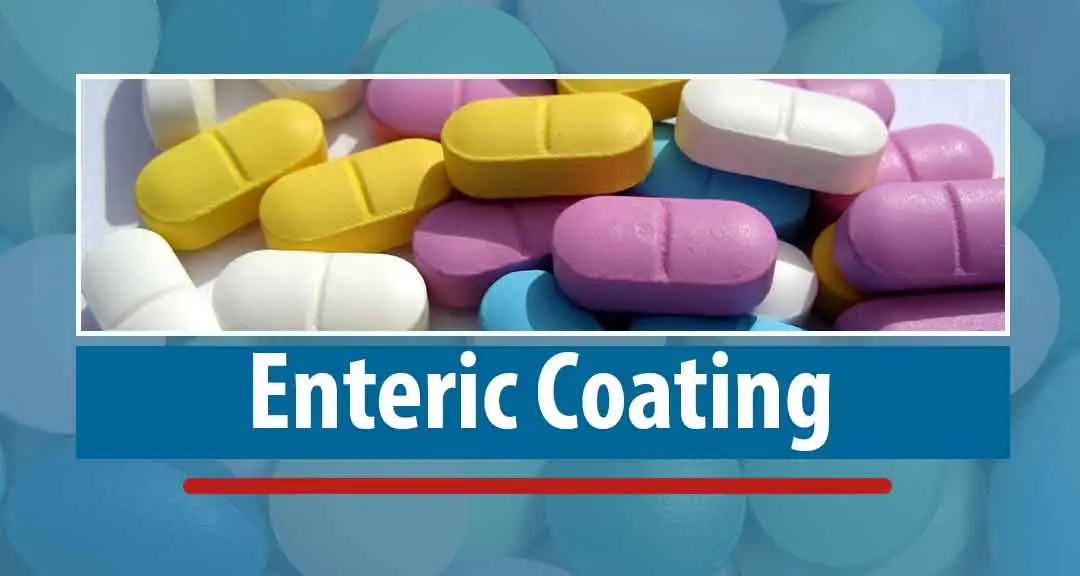Enteric coating is a thin layer of material applied to oral medications, such as tablets or capsules, to control the release of the active ingredient. The coating:
1. _Protects the stomach_: Prevents the active ingredient from being released in the acidic stomach environment, where it might be degraded or cause irritation.
2. _Delays release_: Allows the active ingredient to pass through the stomach and into the small intestine, where it is released and absorbed.
3. _Targets absorption_: Ensures the active ingredient is absorbed in the optimal location, improving efficacy and reducing side effects.
Enteric coatings are typically made from:
1. _Polymers_ (e.g., cellulose acetate phthalate, polyvinyl acetate phthalate)
2. _Waxes_ (e.g., beeswax, carnauba wax)
3. _Fatty acids_ (e.g., stearic acid, palmitic acid) Enteric coatings are used for medications that:
1. _Irritate the stomach_ 2. _Are degraded by stomach acid_
3. _Require targeted absorption_
4. _Need delayed release_
Examples of enteric-coated medications include:
1. _Aspirin_ 2. _Ibuprofen_ 3. _Naproxen_ 4. _Probiotics_ 5. _Vitamin supplements_ Enteric coating ensures the medication is released in the right place and at the right time, improving its effectiveness and reducing potential side effects.

These are those drug which have coating which are released inside the intestine
Entering coated is a type of tablet which are released inside the intestine.